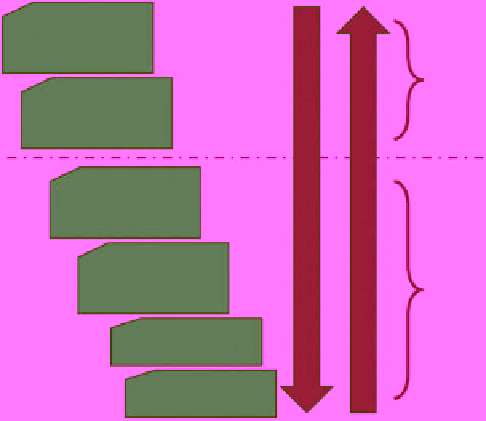Biomedical Engineering Reference
In-Depth Information
Assertion
Search
Comparison/
Contrast
Study
Subject
Dataset
Explorer
Demographic, Medical
History, etc.
Treatment/Time
Point(s)
Profiled
Sample(s)
Figure 16.12
Different levels of granularity and abstraction are captured from a study
in the tranSMART data warehouse. The two graphical user interfaces then enable
access of these levels of data through different query and presentation paradigms.
subject-level data, more than 9000 curated in vitro, in vivo, and clinical con-
trasts, and 100,000 curated assertions in a hierarchical structure, as depicted in
Figure 16.12. The primary users of the systems are scientists from the immu-
nology and oncology therapeutic areas, but there are data available from
psychiatry and cardiovascular studies.
As described above, the data warehouse infrastructure consists of open-
source derived software as well as content in the form of well-curated data
sets derived from public studies. Both “public-derived” aspects of the data
warehouse make this resource well positioned for precompetitive sharing of
education, training, and best practices which are considered lacking for many
collaborations to be truly innovative and less siloed [26]. Indeed, we are cur-
rently working with CINJ and several other academic, nonprofi t organizations
and consortia to deploy and utilize the data warehouse in this type of setting.
Each of these partners may bring in new perspectives such as oncology clinical
practice or connection to medical records, and through these collaborations
the understanding of biology and translational medicine may increase in a
much more optimal way. Moreover, the systems supporting these endeavors
will improve in an innovative, rapid, and robust manner.
We have succeeded in developing a system to bridge source systems and
enable translational research with breaking down most of the data silos (Fig.
16.13). Future extensions are being worked on, such as connection to the
internal biobank, connecting more internal source systems, and extending the
capabilities to cover more types of data modalities and deploy advanced
analysis methodologies such as network analysis.

Search WWH ::

Custom Search